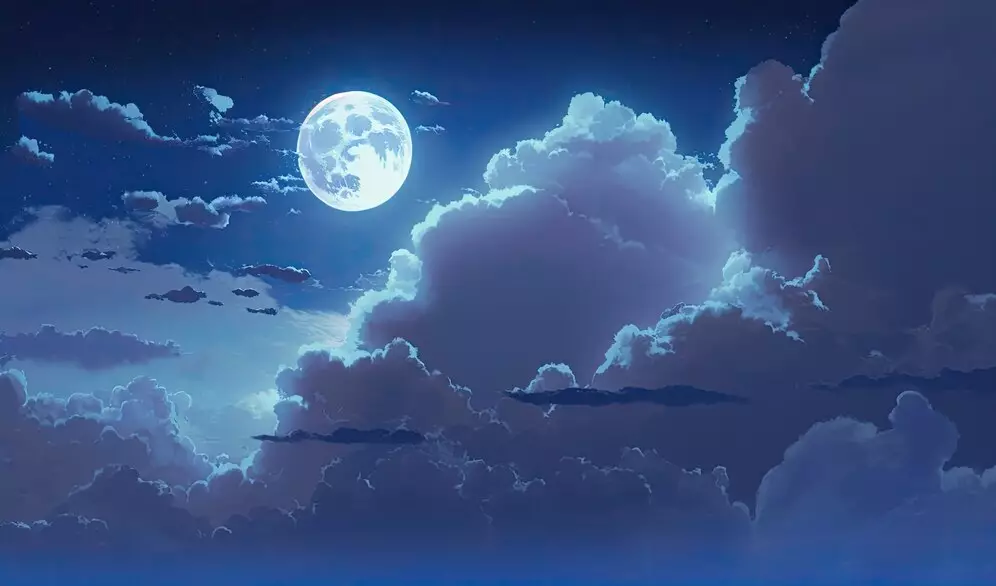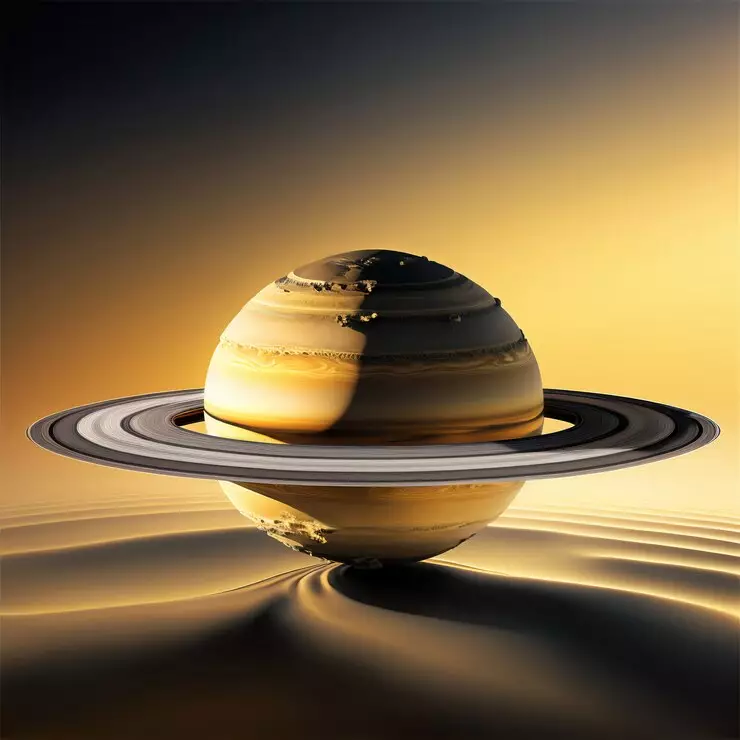foto: freepik.com
Brilio.net - August 2024 will be a spectacular month for astronomy fans. Because the night sky will be filled with several amazing astronomical phenomena that are a shame to miss.
Astronomical phenomena are natural events in outer space that can be observed from Earth. Every month, this phenomenon changes due to the movement of celestial bodies which have different orbits and speeds.
Quoting from the National Research and Innovation Agency (BRIN) page, astronomical phenomena will appear differently every month. So, in August this year there are 4 astronomical phenomena that will occur. Starting from meteor showers to the blue moon phenomenon.
Don't miss it, let's look at the following review to find out the schedule for astronomical phenomena in August 2024! brilio.net reported from various sources, Friday (26/7).
Astronomical phenomena in August 2024.

photo: freepik.com
1. New moon (New moon).Adapting from the Space page, a new moon or new moon will occur on August 4 2024. New moon or new moon is the phase of the moon when the side of the moon facing Earth is not completely illuminated by the Sun. This occurs when the Moon is between the Earth and the Sun in its orbit. At this time, the Moon and the Sun are at the same ecliptic longitude.
During the new moon, the Moon is practically invisible from Earth. This is because the side of the Moon that faces Earth is the side that is not illuminated by the Sun. Even so, the Moon is still in the sky, usually rising and setting almost at the same time as the Sun.
The new moon marks the beginning of a new lunar cycle. This is the starting point of the cycle of the Moon's phases which lasts approximately 29.5 days. After the new moon, you will see the crescent moon getting bigger until it reaches the full moon phase, then getting smaller again until it returns to the next new moon.
Even though it is not visible, the new moon has a significant influence on sea tides. During a new moon, the gravitational forces of the Moon and the Sun work in the same direction, resulting in higher high tides and lower low tides than usual. This phenomenon is known as full moon tide or spring tide.
2. Perseid meteor shower.The Perseid meteor shower is one of the most anticipated night sky displays every year. This phenomenon occurs when the Earth crosses the orbit of comet Swift-Tuttle. This comet leaves a trail of dust and debris along its orbit. When the Earth passes through this area, these small particles enter the Earth's atmosphere at very high speeds, burn up, and create flashes of light that we know as "shooting stars."
The peak of the Perseid meteor shower is expected to occur on the night of 12-13 August 2024. At its peak, in dark and then clear skies, observers can see 60-100 meteors per hour. The Perseids are renowned for their bright meteors which often leave trails that last several seconds after the meteor itself has disappeared.
The best way to enjoy the Perseids is to find a dark place, away from city lights. Give your eyes at least 20-30 minutes to adapt to the darkness. The best time to observe is after midnight until just before dawn , because that's when the part of the sky where the meteor shower originates (around the Perseus constellation) is in the highest position in the sky.

photo: freepik.com
3. Blue moon (Blue moon).Adapting from the Space page, a blue moon occurs when the moon is on the opposite side of the Earth, because the Sun will completely illuminate the moon's face.
The blue moon phenomenon is a term used when the second full moon occurs in a calendar month. This doesn't mean the moon will actually be blue, but it will still be like a normal full moon. This term refers more to the rarity of this phenomenon, which only occurs once every 2-3 years.
According to NASA, a blue moon occurs every 2-3 years. Because, there are rarely around 29.5 days between full moons. Interestingly, a blue moon will never occur in February because it only has 28 days in a normal year and 29 days in a leap year.
4. Opposition of Saturn.The Saturn opposition is the moment when Saturn, Earth and the Sun are in a straight line, with the Earth in the middle. This makes Saturn in its closest position to Earth and fully illuminated by the Sun, making this planet look bigger and brighter than usual.
Saturn's opposition is expected to occur on August 27, 2024. Well, this date is the best time of the year to observe the "Ringed King". To the naked eye, Saturn will be visible as a bright yellowish spot in the night sky.
However, to truly enjoy its beauty, you need a telescope. With a telescope, you can see Saturn's iconic rings and maybe even some of its larger moons, like Titan.
Saturn will be visible all night, rising in the east at sunset, then setting in the west at sunrise. The best time to observe it is when it is highest in the sky, usually around midnight.
(brl/jad)